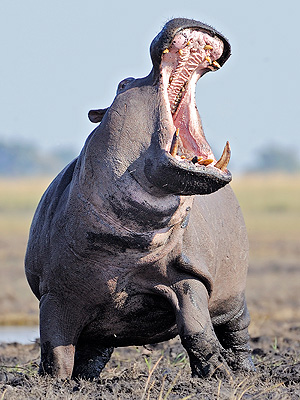
The name hippo means "river horse",
and these mammals spend most of their
time in the water. They have inflated-looking bodies
that resemble barrels, supported on short,
pillarlike legs with four toes ending in
hooflike nails. The tail is short and
bristled, with flattened sides. The
belly is carried only a few inches
above the ground. The eyes are raised
on top of a flat head, the ears are
small, and the nostrils are slits high
up on the muzzle and can be closed
when the animal is submerged. The
two species, H. amphibius and C.
liberiensis (pygmy hippo)
differ greatly in size, with the former
up to 5.5 feet high and weighing seven
thousand to ten thousand pounds.
The pygmy hippo is much
smaller, with an average height of 2.5
to 3 feet, and weighing 350 to 600
pounds.
Hippo Life
Hippoes must submerge frequently because
their naked skin is vulnerable to overheating
and dehydration. They can stay submerged
up to thirty minutes. Their skin has a brown to
gray-purple coloration with pinkish creases. The
pygmyhippo is black-brownto purple in
color with the cheeks often tinted pink. Unlike the
pygmy hippo, which is a solitary mammal
dwelling in rivers and forests, H. amphibius is
a huge animal that can be found in herds of up to
eighty members.
Seeking food, H. amphibius travels at night
from the rivers for grazing, but will return before
dawn to spend the day digesting and socializing
in the riverbeds. During the forays fromthe water,
the animals typically travel two to three miles.
H. amphibius eats up to ninety pounds of grass on
a nightly basis, often mowing twenty-inch-wide
swaths with its muscular lips and mouth. The
pygmy hippo prefers to seek food on
high, dry ground and is most active between 6 p.m.
and midnight. They have home ranges that may
cover between one hundred and four hundred
acres. Most movements are along established
paths in theirhomerange, and rarely do they cross
paths with others of their own species. During
these forays, they seek water plants, grasses,
fallen fruits and leaves.
For H. amphibius, their watery homelands are
partitioned into individual mating territories by
mature bulls that defend defined
sections. These territories can remain
fixed for years. Dung showering
is used to mark territories
and express dominance. Other behaviors
that signal threats can include
water scooping, head shaking,
grunting, roaring, explosive
exhaling, and charging. Submission
is signaled by turning tail, approaching
in a crouched position,
lying prone on the land, or diving
and swimming away from the
dominant male.
Reproduction
Herds usually breed between ten
to fifteen hippoes. Nonbreeding
males are tolerated in the
territories if they do not bother the
cows. Cows and calves associate
in nursery herds and establish calf
crГЁches, which serve as protection
against predation from crocodiles,
lions, and hyenas. Mating takes
place during the dry season while
the animals are in the water. After
the birth of a calf, either on land or
in the water, the cow remains with
the calf for about a month before
returning to the herd. Baby hippoes
are able to nurse underwater until
they are weaned, at around eight months of age.
During mating season, the solitary pygmy hippo
seeks out a receptive female who tolerates
the male's presence when in heat. One to
four copulations may take place over a period of
two days on both land and in the water. The young
are born on land or in the water and remain concealed
for three to four weeks. The main predator
for the pygmy hippo is the leopard. The
pygmy hippoes are considered to be in
jeopardy for survival because of hunting and destruction
of habitat by logging.
Hippo Facts
Classification:
Kingdom: Animalia
Phylum: Chordata
Subphylum: Vertabrata
Class: Mammalia
Order: Ariodactyla
Suborder: Suiformes
Family: Hippopotamidae
Genus and species: Hippo amphibius (hippo),
Choeropsis liberiensis (pygmy hippo)
Geographical location: Although once numerous in the rivers
throughout Africa, H. amphibius can now be found only south
of Khartoum and north of the Zambezi River; the pygmy hippo
is found in West African lowland rain forests
Habitat: Hippoes live in short grasslands, rivers, and
lakes; pygmy hippoes live in lowland forests and
swamps
Gestational period: Eight months for hippoes, seven
months for pygmy hippoes
Life span:Upto forty-two years in the wild, past fifty in captivity
Special anatomy: The genera differ greatly in size, but both have a
broad snout, a very large mouth, a short round body, and short
stocky legs; the smooth, hairless skin is covered with special
pores that secrete a pinkish substance known as blood sweat,
which is protective when in the water or dry land; large canine
teeth enlarge into tusks that grow continually; the stomach is
three-chambered but is nonruminating; hippoes appear
to have good eyesight, hearing, and smell
Other popular Animals
Photo Gallery of - Hippo



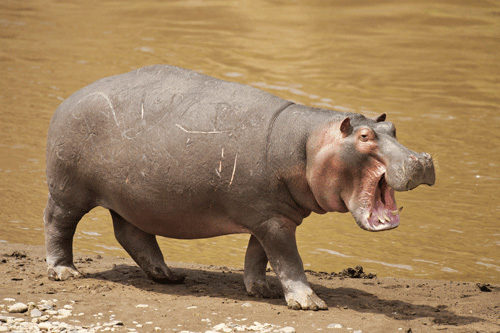
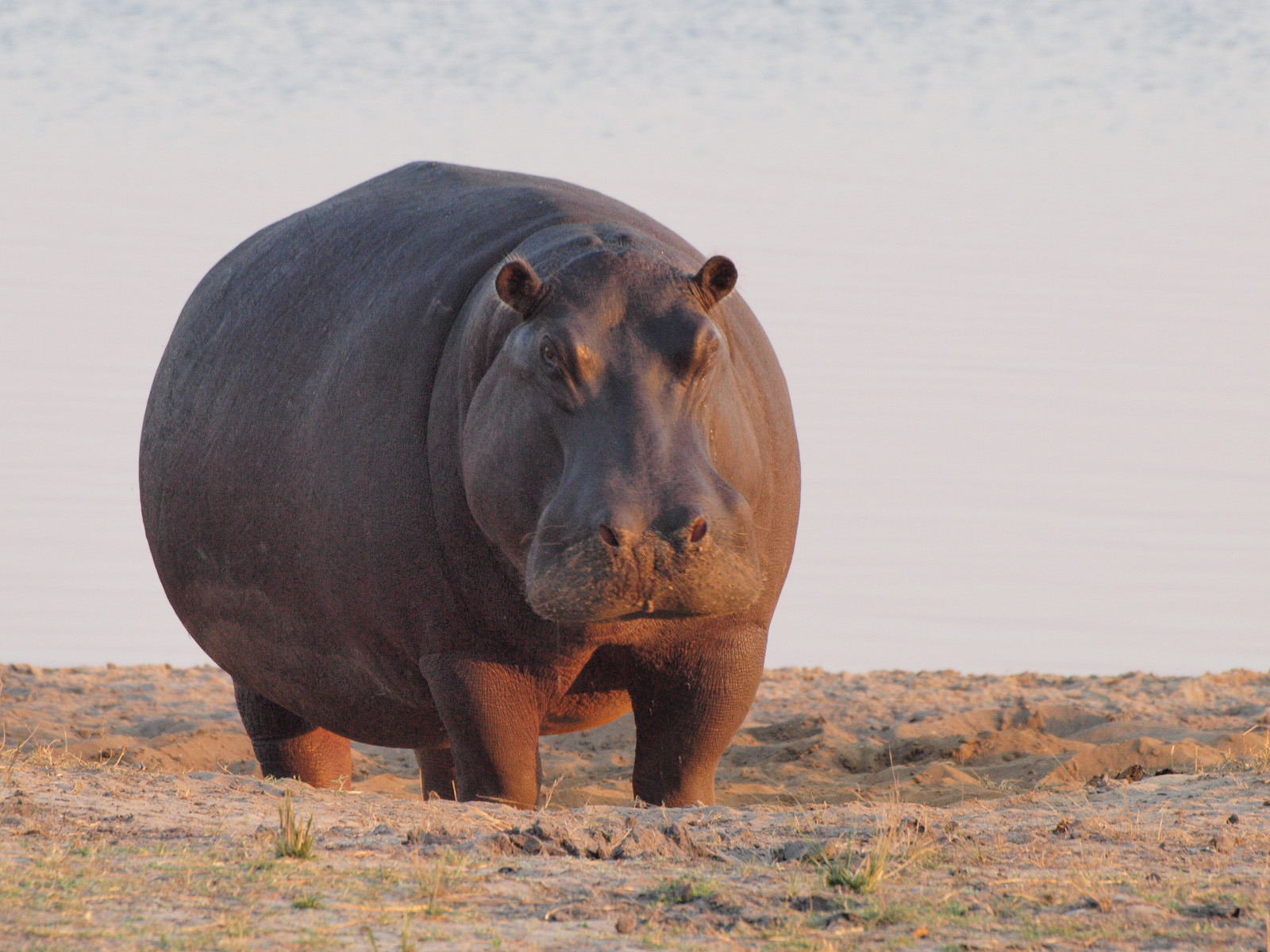
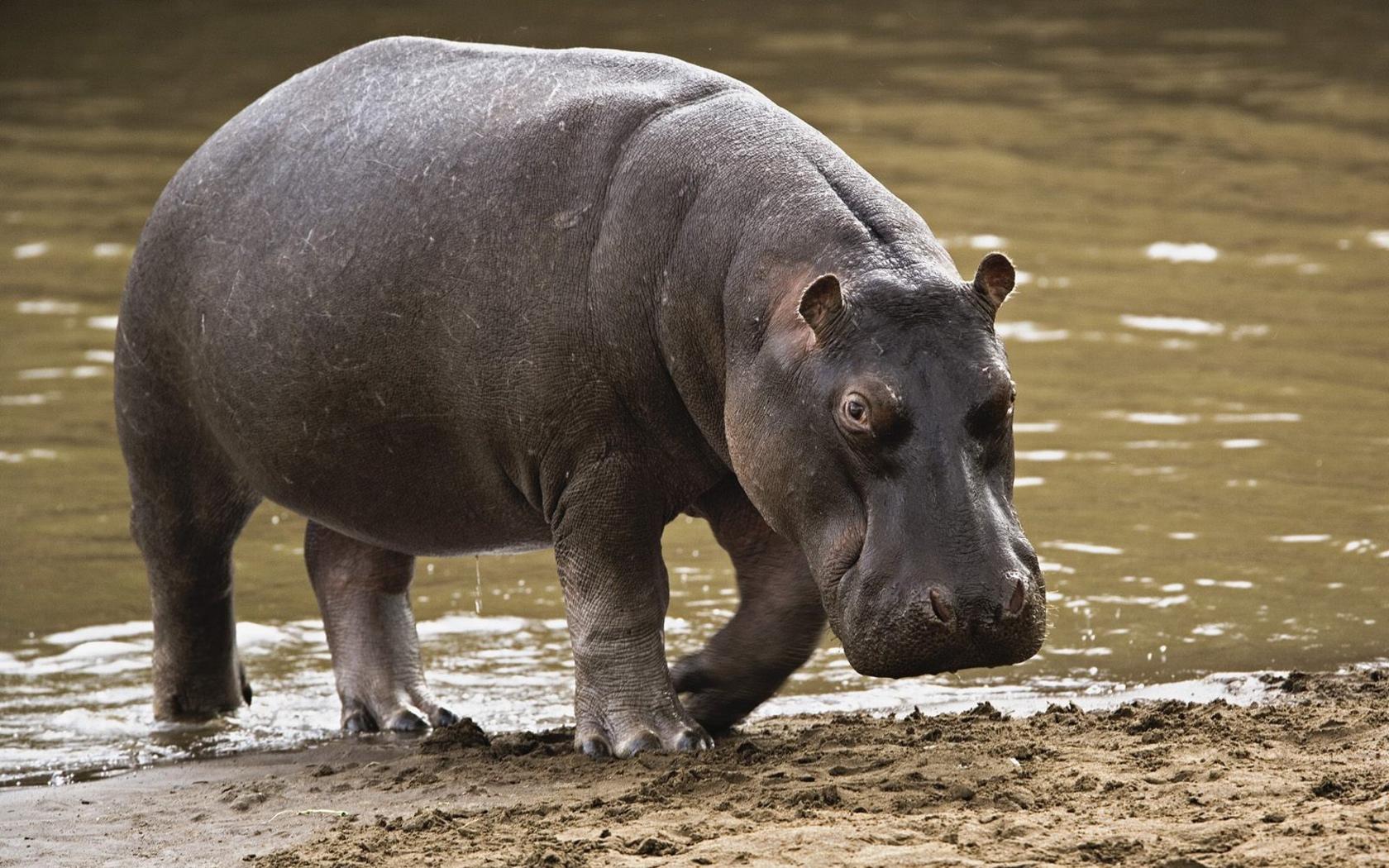
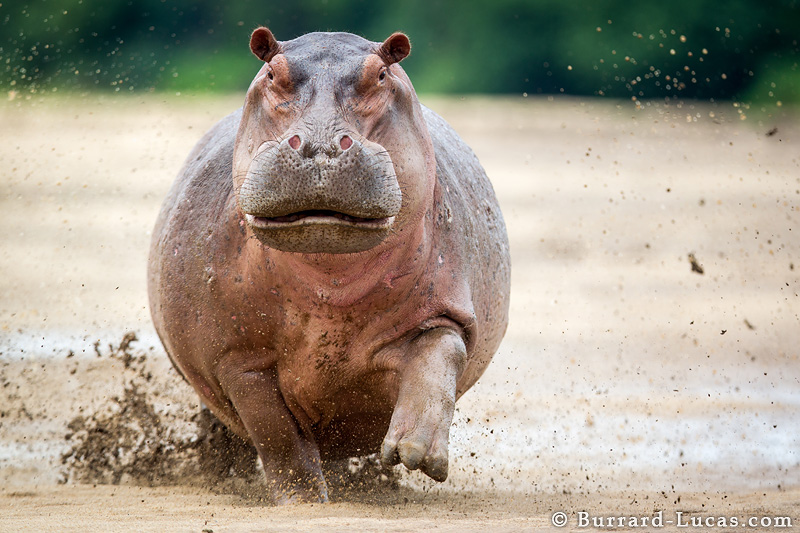

 Animalia Life
Animalia Life